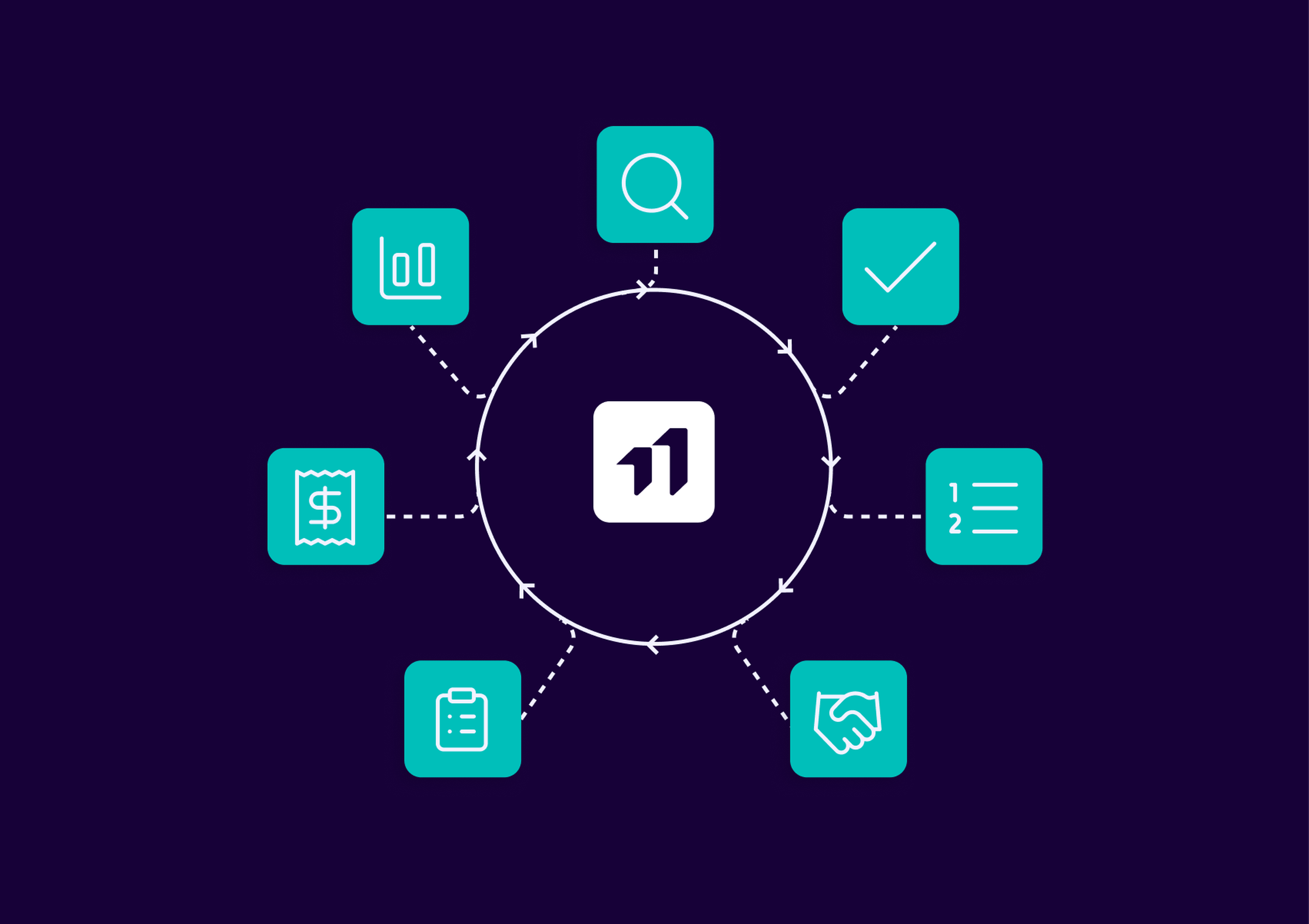In 2022, France had 3.6 million freelancers, according to URSSAF. The skills shortage in strategic sectors like IT highlights the importance of engaging qualified external experts. To manage the increasing procurement of intellectual services, companies must structure their approach with an optimized Source-to-Pay (S2P) process that covers the entire lifecycle. In this article, we will explore the definition of S2P and its value for procurement departments.
Definition: what is the source-to-pay process?
Source-to-Pay (S2P) is a process that covers several essential stages in a company’s procurement and spend management. It begins with sourcing, continues with contract management and performance tracking, and concludes with payment and performance monitoring. The primary goal of S2P is to create a smooth and efficient supply chain that maximizes value while minimizing costs.
What is the difference between P2P and S2P?
You may also hear about Procure-to-Pay (P2P). Both terms refer to solutions designed to optimize procurement processes.
P2P: Focuses on the post-purchase order stages, enhancing the efficiency of transactions and payments. It is a crucial link between procurement and accounts payable, ensuring operational efficiency in supplier transactions and payments.
S2P: Includes all P2P stages while extending its functionalities to sourcing. This extension allows for a more strategic approach to procurement processes, focusing more on compliance and policy execution while promoting more efficient processes and better spend management. With S2P tools, companies can analyze collected data to gain comprehensive visibility into their processes and supplier relationships.
What are the steps in Source-to-Pay?
Sourcing: Identifying, evaluating, and selecting suppliers that best meet the company’s needs.
Contract management: Negotiating and formalizing contracts with suppliers. This step clearly defines the terms of engagement, responsibilities, and expectations of both parties.
Performance tracking: Ensuring that the service is delivered according to the contract terms and meets the company’s requirements.
Payment: Validating work hours and processing payments.
Performance monitoring: Analyzing procurement data and supplier performance.
Source-to-Pay: The specific case of intellectual services procurement
Procurement of intellectual services differs from material or goods procurement due to its intangible nature, relying on skills like expertise and experience. This specificity makes management and evaluation more complex. In this context, optimizing the Source-to-Pay process with digital solutions helps companies address these challenges. These tools enhance traceability, transparency, and internal communication while enabling more precise evaluations of skills and supplier performance.
Optimizing your source-to-pay process with a Vendor Management System (VMS)
Using a VMS to optimize the S2P cycle helps procurement departments tackle two major challenges:
Supplier Relationship Management: This process allows an organization to identify key suppliers and develop strategies to establish lasting, balanced, and profitable relationships. It includes identifying strategic suppliers and managing the supplier base, maintaining positive relationships, and optimizing interactions.
Operational Autonomy: Buyers and operational teams form an essential but sometimes complex alliance. A VMS creates a working framework that operational teams can use autonomously and in a controlled manner, ensuring secure and efficient processes.
Go further and discover the benefits of an S2P tool to optimize intellectual services procurement with LittleBig Rise
LittleBig Rise: the Source-to-Pay software to support you
Our VMS is a SaaS solution designed to adapt to your company and simplify the management of intellectual services procurement. It helps streamline processes, efficiently manage your procurement strategy, and leverage data across the organization. Whether you are consolidating your S2P process or already have an established strategy, the Vendor Management System offers significant time and cost savings, allowing you to focus on high-value activities.



